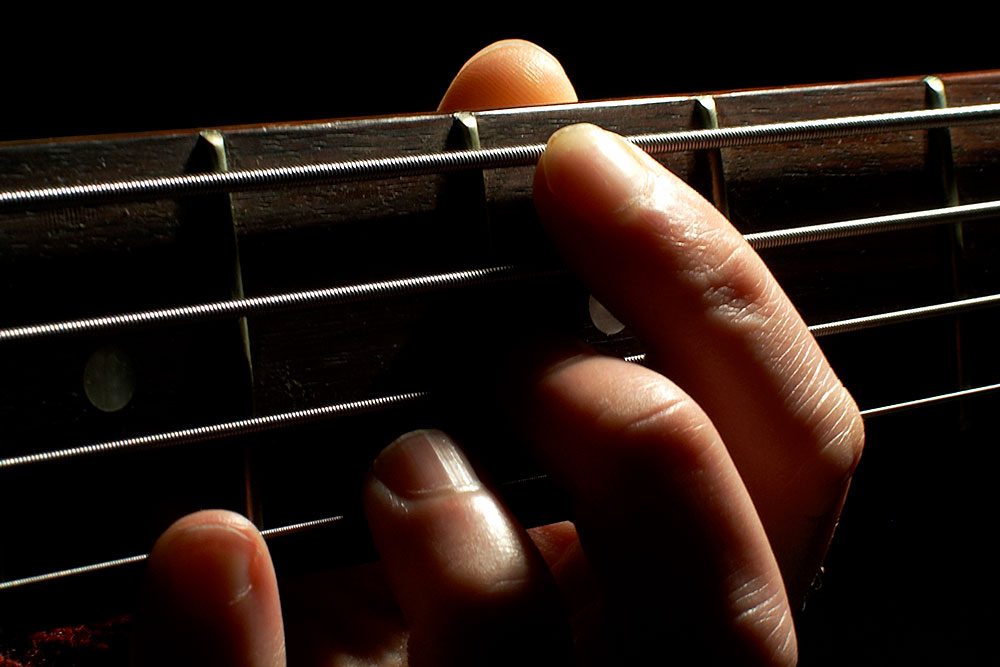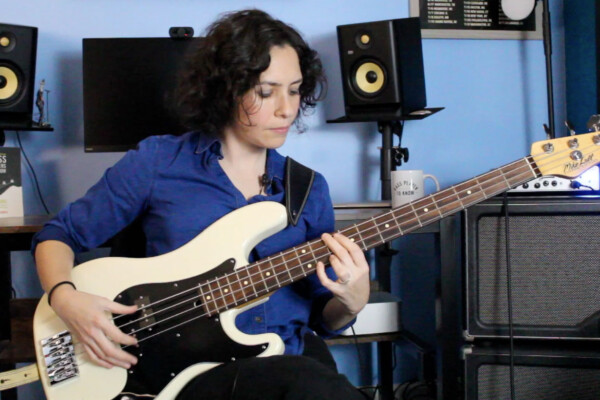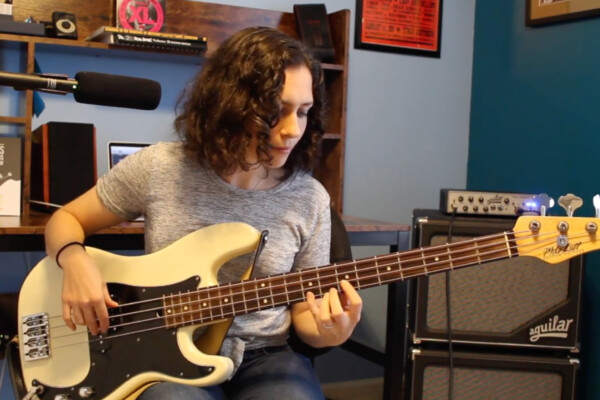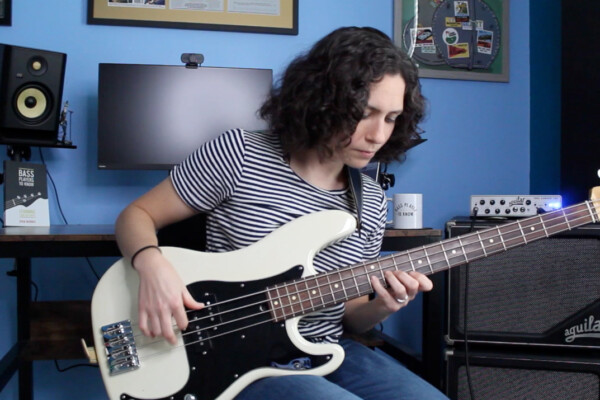What Scales Do I Use Over a Minor ii-V Progression?

Q: I have a question about minor ii-V’s. In a major ii-V7-I progression, each chord is diatonic to the I chord. The ii chord is Dorian, the V chord is Mixolydian and it resolves to a Major tonic. In a minor ii-V, the 1 would be natural minor, which makes the ii chord Locrian (7th degree of the major scale) but the V chord would then be built from the 3rd degree of the scale, or Phrygian. Why is that chord a dominant chord? Shouldn’t it have a flat 3? I hope that made sense to somebody.
tion about minor ii-V’s. In a major ii-V7-I progression, each chord is diatonic to the I chord. The ii chord is dorian, the V chord is mixolydian and it resolves to a Major tonic. In a minor ii-V, the I would be natural minor, which makes the ii chord lociran (7th degree of the major scale) but the V chord would then be built from the 3rd degree of the scale, or Phrygian. Why is that chord a dominant chord? Shouldn’t it have a flat 3? I hope that made sense to somebody.
A: I totally understand where you’re coming from. Indeed, if we were to keep each chord diatonic to its minor tonic (home base of the i-7 chord, it would be a V-7?9 basically… representing the phrygian chord.
But, we like the sound of a dominant chord for the role of the V chord because of how well it resolves. The 3rd of the V7 moves chromatically to the root of our tonic chord. In order to make use of this, we tend to draw from either melodic or harmonic minor for the V chord. This is why the V7 chord in a minor ii-V is always “altered.”
When drawing from melodic minor, we have a dominant chord with a flat 6 (5th mode of melodic minor). in the key of C minor, that gives us a G7?13. If we use harmonic minor, we get a flat 2 and a flat 6, which is often just spelled G7?9.
The key here is sound, really. We want our resolutions to lead the ear in a strong way, so it’s all about chromatic motion, especially on the piano or guitar. Those chromatic movements are what really draws the ear where we want it to go.
Here’s an example:
In a minor ii-v, Bill Evans would often use:
- 6th mode melodic minor for the ii chord (minor scale with a ?5). this differs from how most people before him used the 7th mode of the major scale, which was almost the same but with a natural 2nd. minor scale with a ?5 and ?2.
- 5th mode melodic minor for the V7 chord
- Dealer’s choice on the minor chord depending on the song and where he wanted it to go next. We can just call it a minor9 chord for the purposes of this post.
The reason for this was due to a chromatic possibility contained within. In the progression, D-7?5 – G7?13 – C-9 we have a very nice chromatic motion.
- The natural 2 of D-7?5 is an E.
- The ?13 of G7?13 is an E?.
- The 9 of the minor tonic is D.
So within that voicing, we had some upper structure extensions (9 -> ?13 -> 9 of each chord respectively) moving chromatically down long with whatever other resolutions and chromatic movements are chosen within those changes, all leading to the minor I chord.
I apologize, this is much easier to demonstrate on an instrument. Here’s a PDF with an example of a way to voice this. I’ve made the top voice follow the example above (E, E?, D).
I hope that helps!
Have a question for Damian Erskine? Send it to [email protected]. Check out Damian’s instructional books, Right Hand Drive and The Improviser’s Path.



